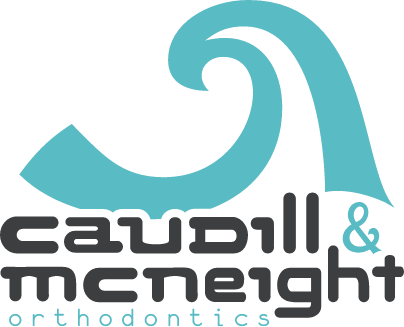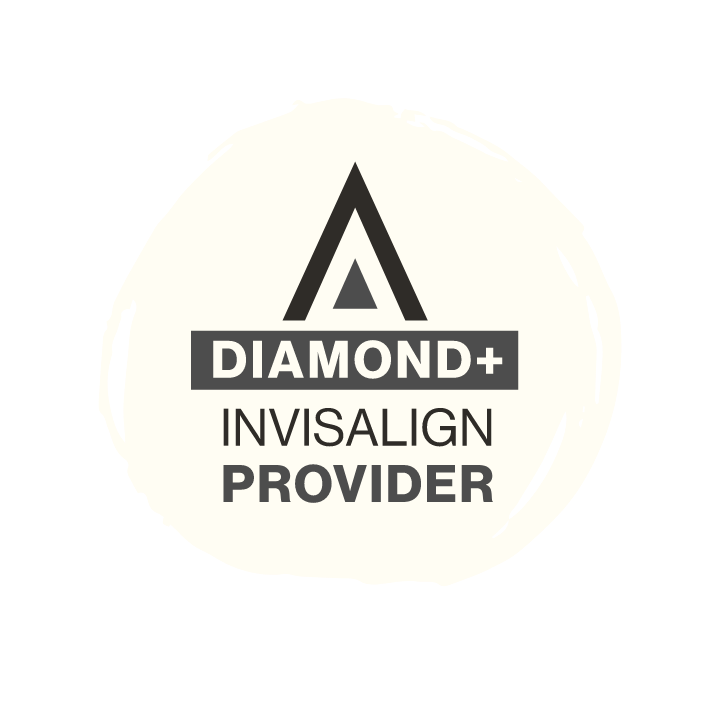The PowerScope treats overbites by promoting a healthy alignment between the upper and lower teeth.
This appliance uses springs to apply persistent pressure on the upper and lower teeth and create resistance, shifting the upper teeth backward and the lower teeth forward. Once the appliance is in place, it takes the place of rubber bands.


